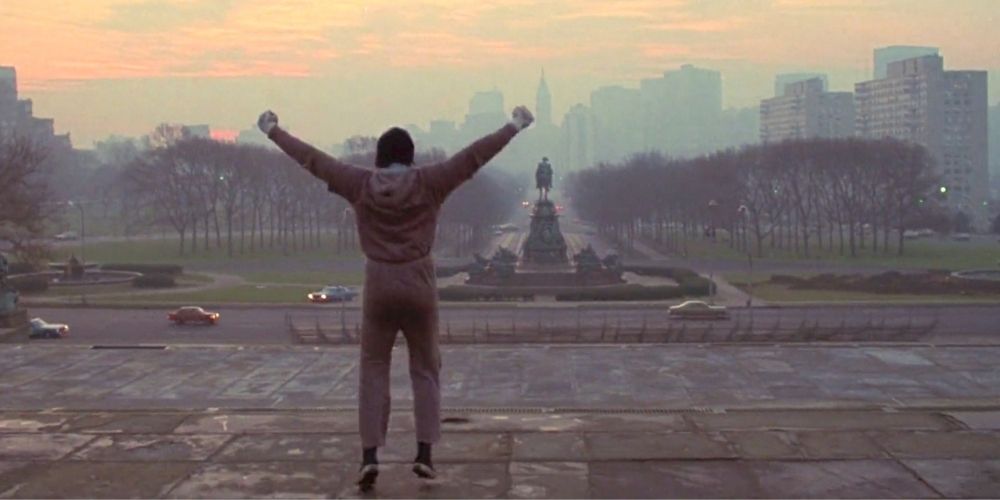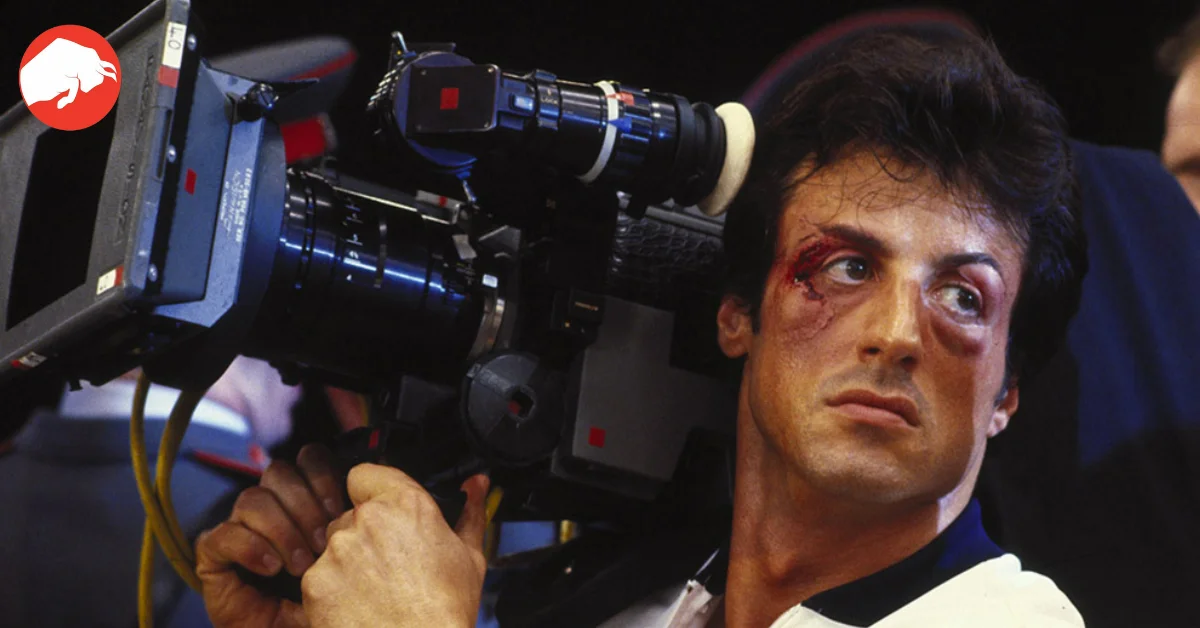The Rocky Phenomenon
Few films have left as indelible a mark on the world of cinema as the original Rocky movie. With its compelling narrative, memorable characters, and iconic moments, it’s no wonder that Rocky remains one of the most celebrated sports films in American cinema. From the heart-wrenching shout of “Adrian!” to the unforgettable training montage, the film is packed with scenes that have become deeply embedded in popular culture. But beyond its narrative brilliance, Rocky also stands as a testament to groundbreaking filmmaking techniques.
Sylvester Stallone, who not only starred in but also wrote the film, teamed up with director John G. Avildsen to transform a simple screenplay about an underdog boxer into a cinematic masterpiece. Their combined efforts not only captured the essence of Rocky Balboa’s journey but also introduced a revolutionary filmmaking tool that would change the course of cinema.

The Steadicam Revolution
One of the most iconic sequences in Rocky is the exhilarating run through Philadelphia, culminating in Rocky’s triumphant ascent of the Philadelphia Museum of Art’s steps. This sequence, which symbolizes the underdog’s rise to meet a challenge, is more than just a cinematic moment; it’s a testament to the power of innovative filmmaking.
The scene’s fluidity and dynamism owe much to the Steadicam, a pioneering camera stabilizing mount introduced by Garrett Brown in 1975. Designed to produce smooth, shake-free shots, the Steadicam was a game-changer for filmmakers. While it had been used in the 1976 film Bound For Glory, it was Rocky that truly showcased its potential and brought it to the forefront of the film industry.
Stallone’s intense training montage, captured so beautifully with the Steadicam, not only highlighted the actor’s dedication but also showcased the device’s revolutionary capabilities. Since then, the Steadicam has become an indispensable tool in the world of cinema.
The Inspiration Behind Rocky’s Iconic Moment
Interestingly, the Steadicam’s connection to Rocky goes beyond just capturing Stallone’s run. According to The New York Times, while testing his invention, Garrett Brown filmed his girlfriend running up and down the Philadelphia Museum of Art’s steps. This footage, which demonstrated the Steadicam’s potential, caught the eye of director Avildsen. Inspired, he decided to incorporate this concept into Rocky, leading to the creation of one of the film’s most memorable moments.

The Symbiotic Relationship: Rocky and the Steadicam
While Rocky played a pivotal role in popularizing the Steadicam, it’s evident that the Steadicam also significantly contributed to the film’s success. The device allowed for the seamless capture of Rocky’s journey, adding a layer of realism and dynamism to the narrative. It’s a testament to the power of innovation and creativity in filmmaking.
In the end, while Stallone’s portrayal of Rocky Balboa remains central to the franchise’s success, the Steadicam’s contribution cannot be overlooked. It’s a reminder of how technology and artistry can come together to create cinematic magic.









